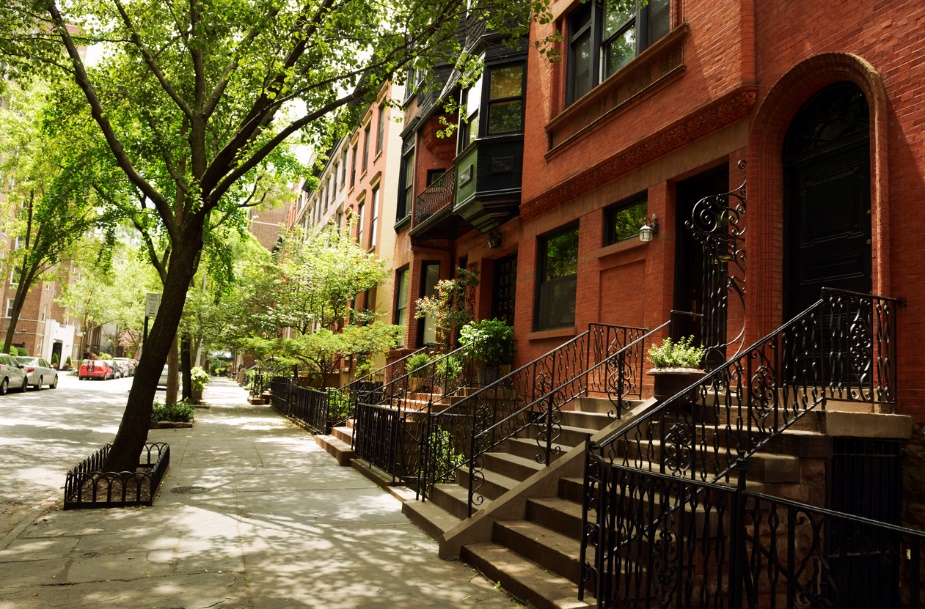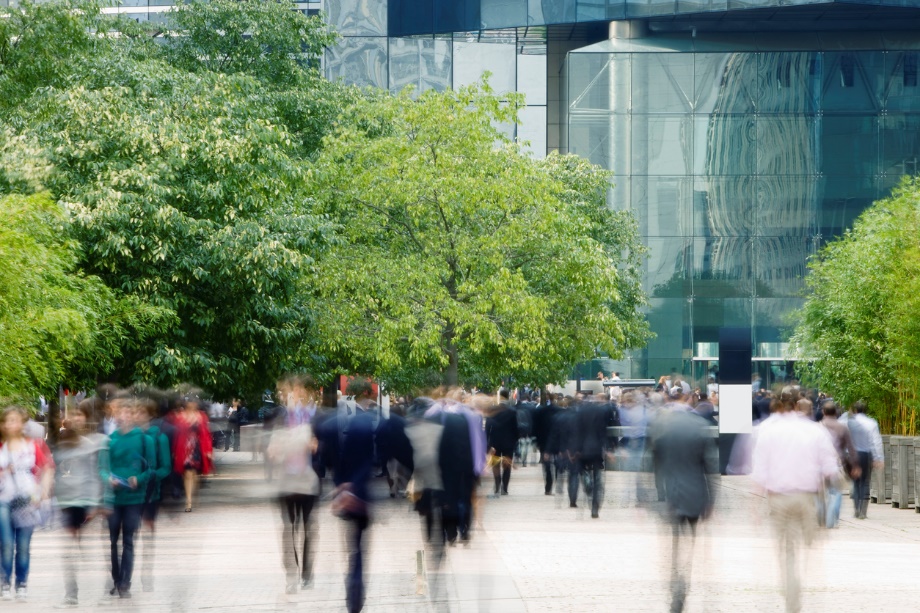More Evidence of the Benefits of Trees in Urban Areas
Previous research has tied people’s exposure to natural environments, such as urban green spaces, to better health and mental health. A new study looks at whether a specific type of green space— trees, grass or low-lying vegetation— provides benefits.
Studies have associated exposure to green space with less self-rated depression, anxiety and risk of psychological distress. A 2016 review of evidence by the World Health Organization found that urban green spaces, such as parks, playgrounds, and residential greenery, “can promote mental and physical health, and reduce morbidity and mortality in urban residents by providing psychological relaxation and stress alleviation, stimulating social cohesion, supporting physical activity, and reducing exposure to air pollutants, noise and excessive heat.” Trees can filter air pollution, remove carbon dioxide, produce oxygen and absorb stormwater.
 A new study looked at data on more than 45,000 adults age 45 and older in several cities in Australia. They were followed up for an average of more than six years and linked to objective measures of exposure to greenspace. The study looked at three outcomes: risk of psychological distress, self-reported physician diagnosis of depression or anxiety, and self-rated general health. Exposure to greenspace was measured by the area of tree canopy, grass and other low-lying vegetation within one-mile radius of the person’s residence.
A new study looked at data on more than 45,000 adults age 45 and older in several cities in Australia. They were followed up for an average of more than six years and linked to objective measures of exposure to greenspace. The study looked at three outcomes: risk of psychological distress, self-reported physician diagnosis of depression or anxiety, and self-rated general health. Exposure to greenspace was measured by the area of tree canopy, grass and other low-lying vegetation within one-mile radius of the person’s residence.
The study found that people living in neighborhoods with 30% or more covered in tree canopy (the layer of leaves, branches and tree stems that covers the ground when viewed from above) compared to those in neighborhoods with 0% to 9% tree canopy were almost one-third less likely to experience psychological distress. The heavier tree canopy was also associated with better general health.
Exposure to green space made up of grass was associated with higher odds of psychological distress. Exposure to low-lying vegetation (such as bushes) was not associated a mental health outcome. The researchers accounted for age, gender, income, education level, couple status and economic status.
 Trees provide several benefits that relate to well-being. In addition to making the landscape more visually pleasing, trees help keep the sidewalks cooler in warm weather and help make the streets seem less noisy. Research has also found that tree canopy cover significantly contributes to neighborhood social connection and social support, both important to mental well-being.
Trees provide several benefits that relate to well-being. In addition to making the landscape more visually pleasing, trees help keep the sidewalks cooler in warm weather and help make the streets seem less noisy. Research has also found that tree canopy cover significantly contributes to neighborhood social connection and social support, both important to mental well-being.
The study authors, Thomas Astell-Burt, Ph.D. and Xiaoqi Feng, Ph.D. with the University of Wollongong, in New South Wales, Australia, conclude that investment in more tree canopy may be an effective option for supporting community mental health. They also note that promoting greater access to urban tree canopy may improve equity in mental health.
References
- Astell-Burt, T, Feng, X. Association of Urban Green Space with Mental Health and General Health Among Adults in Australia. JAMA. 2019:2(7);e198209.
- Dzhambov, AM, et al. Multiple pathways link urban green- and bluespace to mental health in young adults. Environ Res. 2018;166:223-233.
- World Health Organization. Urban Green Spaces and Health: A Review of Evidence. Copenhagen, Denmark. 2016.
- Hotan, et al. Social Life Under Cover: Tree Canopy and Social Capital in Baltimore, Maryland. 2014. Environment and Behavior. Volume: 47 issue: 5, page(s): 502-525
- Astell-Burt, T, Feng, X. Increasing tree cover may be like a ‘superfood’ for community mental health. July 26, 2019. The Conversation.
